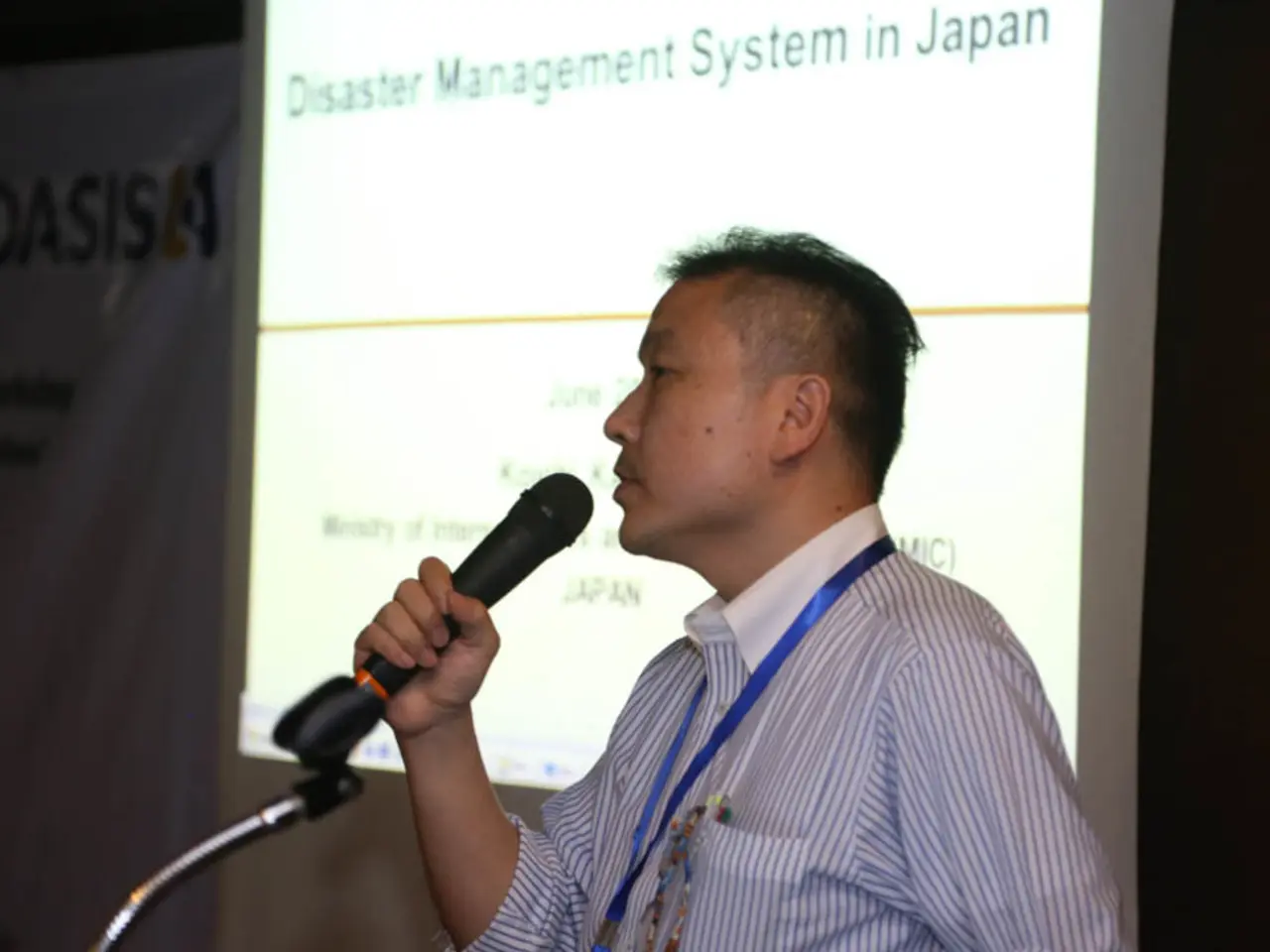Strengthening Poland's Military and Economy to Be the Most Powerful in the Region According to Prime Minister Tusk
Poland Announces New National Strategy: The Piast Doctrine
In response to heightened security concerns in Europe, particularly due to Russia's ongoing aggression in Ukraine and uncertainties surrounding U.S. commitments to NATO under President Donald Trump's administration, Poland has unveiled a new national strategy known as the Piast Doctrine. Named after the Piast dynasty, the first historical ruling dynasty of Poland, this strategy aims to strengthen Poland's leadership and influence in Central and Eastern Europe.
The Piast Doctrine was announced by Polish Prime Minister Donald Tusk in Gniezno, the historic seat of Polish statehood, during the millennium celebrations of King Bolesław I the Brave's coronation in 1025. This symbolic moment in Polish history serves as a testament to the country's enduring spirit and ambition.
The strategy seeks to position Poland as a stable and assertive regional power by rebutting historical revisionism from neighboring countries such as Germany and Ukraine and reinforcing Polish claims and narratives in Central and Eastern European affairs. It is intended to counterbalance external influences and promote Poland's political, economic, and cultural interests in the region, thereby enhancing Poland’s role within the broader strategic landscape of Central and Eastern Europe.
The Piast Doctrine consists of three pillars: building the strongest army in the region, developing the strongest economy in the region, and establishing a strong political position within Europe. To achieve these goals, Poland plans to expand its military to 500,000 personnel, including reservists, and allocate at least 4% of GDP to defense, with discussions to constitutionally mandate this expenditure.
In terms of economic growth, the Piast Doctrine proposes simplifying business regulations, reducing bureaucratic obstacles, and prioritizing Polish companies in public procurement and strategic projects to strengthen domestic industries. A record-breaking investment plan of up to PLN 700 billion (approximately €160 billion) is planned for 2025, focusing on science, energy transformation, modern technologies, and infrastructure development.
Prime Minister Tusk emphasized unity, stating that no party or politician has a monopoly on Polishness and that there must be a place for every Poland and every Pole under the white and red flag. He also expressed concerns about the EU's unity and advocated for a more balanced approach that respects the sovereignty of individual member states.
Poland aspires to become a central player in shaping EU policies through asserting a leadership role in regional security and economic development. However, considerations are being given to acquiring nuclear weapons and withdrawing from international treaties banning certain munitions, reflecting the country's determination to protect its sovereignty and security.
The Piast Doctrine represents a bold step forward for Poland, invoking the legacy of its historical ruling dynasty and symbolizing a return to foundational Polish sovereignty and regional prominence. It is a clear statement of Poland's intent to assert its influence in Central and Eastern Europe and play a significant role in shaping the region's future.
- The Piast Doctrine, named after Poland's first historical ruling dynasty, aims to strengthen Poland's leadership and influence in Central and Eastern Europe, in light of rising security concerns and uncertainties in Europe.
- Prime Minister Tusk announced the Piast Doctrine during celebrations marking King Bolesław I the Brave's coronation in 1025, symbolizing Poland's enduring spirit and ambition.
- The strategy intends to counterbalance external influences by rebutting historical revisionism and reinforcing Polish claims and narratives.
- In pursuit of the Piast Doctrine's goals, Poland plans to expand its military, increase defense spending to 4% of GDP, and simplify business regulations to boost economic growth.
- The economic plan includes a record-breaking investment of up to PLN 700 billion in science, energy transformation, modern technologies, and infrastructure development.
- In the realm of politics, Tusk called for unity among parties and politicians, emphasizing the importance of respecting the sovereignty of individual member states within the EU.
- Contemplations are being made about Poland acquiring nuclear weapons and withdrawing from certain international treaties, reflecting the country's determination to protect its sovereignty and security.




